Today, June 24, 2024, Brazil played their first Copa América game.
The match, held at SoFi Stadium in Inglewood, against Costa Rica, ended in a scoreless draw, something that many fans and pundits saw as disappointing from the five-time world champions since Brazil went in as clear favorites.
As expected, Brazil completely dominated, with 75% of possession and 19 shots. Costa Rica was lucky not to have suffered a heavy defeat. Costa Rica, coached by Gustavo Alfaro, went in with a mission: to not get scored on.
This was very evident from the start, as Costa Rica lined up with five defenders—Mitchell, Vargas, and Clavo as center backs, and Lassiter and Quiros on the defensive flanks.
The strategy of parking the bus and hoping for the best is commonly used by weaker teams when facing a stronger opponent, and in today’s case, it worked perfectly.
However, beyond the defensive resilience shown by the Costa Rican team, there is one outside factor that contributed to Brazil not being able to play their game: the field dimensions.
SoFi Stadium is not a soccer stadium; it’s an American football stadium, and as a result, its size is different from that of a traditional soccer field.
The dimensions of the field Brazil played on today, and that of many other fields being used at this year’s Copa América, are 100m x 64m, which is 5m shorter and 4m narrower than the fields commonly used in professional soccer.
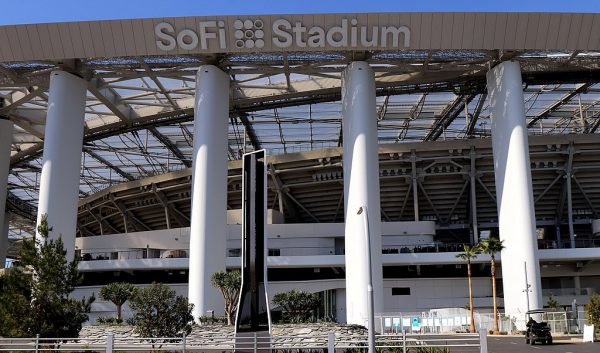
Although the difference might not seem huge, the impact it makes is significant.
Smaller fields have a substantial impact on the game and change the whole dynamic of the match. Teams like Brazil, which utilize wide play, will find it more difficult to exploit the flanks, as wingers will have less room to operate.
This was very evident in today’s game, and a perfect example of it was Vinícius Jr. With less room to play, Vinícius’s ability to take on defenders one-on-one was greatly reduced, and as a result, he wasn’t able to create many chances.
Another aspect of the game that is altered by the field size is that the midfield becomes a lot more congested. This makes it harder for creative midfielders to find space and execute plays, forcing teams to rely on quicker, more direct play.
The compact nature of playing on a smaller field leads to a game with many more physical encounters. Players are more frequently in close proximity, which leads to more tackles and physical duels.
Another aspect of the game that is greatly impacted by the reduced field is the reduced emphasis on skillful play. With the need for quick decision-making due to tight spaces, players known for their skills and dribbling are at a great disadvantage. This is something that greatly impacts the Brazilian national team, as they are known for the “joga bonito” style of play, which heavily relies on the magic of the skillful game.
The size of the field greatly benefited Costa Rica today, as defending becomes easier in a smaller field; it’s much simpler to maintain a compact shape.
Smaller fields change the essence of how soccer is traditionally played.
If we continue to play soccer on fields of this size, it’s time we say goodbye to the skillful, fluid style of play that we so love to watch.
The changes made to the dimensions of the field played a significant part today and will continue to have a great effect on the Copa América throughout.
With all this said, it’s still no excuse for a team like Brazil to tie with Costa Rica.
Having 19 shots and no goals means something has to be done.
The field sizes won’t change, so as Brazil moves on, they will have to adapt.
One way this can be done is by starting the game with someone playing the number 9 position, either Endrick or Evanilson. That way, Brazil can be more direct and have someone in the middle to put those balls in.
Brazil’s next encounter will be on June 28, against Paraguay.
The game will be played at Allegiant Stadium in Las Vegas, and the five-time world champions will be seeking a win. Anything less could seal their fate in the competition, as their final group-stage game will be against Colombia, who have been in excellent form and will definitely be favorites to win.
Costa Rica leaves SoFi Stadium with their heads held high, as a tie against Brazil is just as good as a win for them.
Next up, the Central Americans will play against Colombia, with the match also scheduled for the 28th.
For Costa Rica, the game against Colombia will hopefully play out similarly to the one against Brazil, as a draw against Colombia would put them in a prime position to qualify.
Regardless of what happens, we are set for a fiery next few games in Group D of the Copa América.

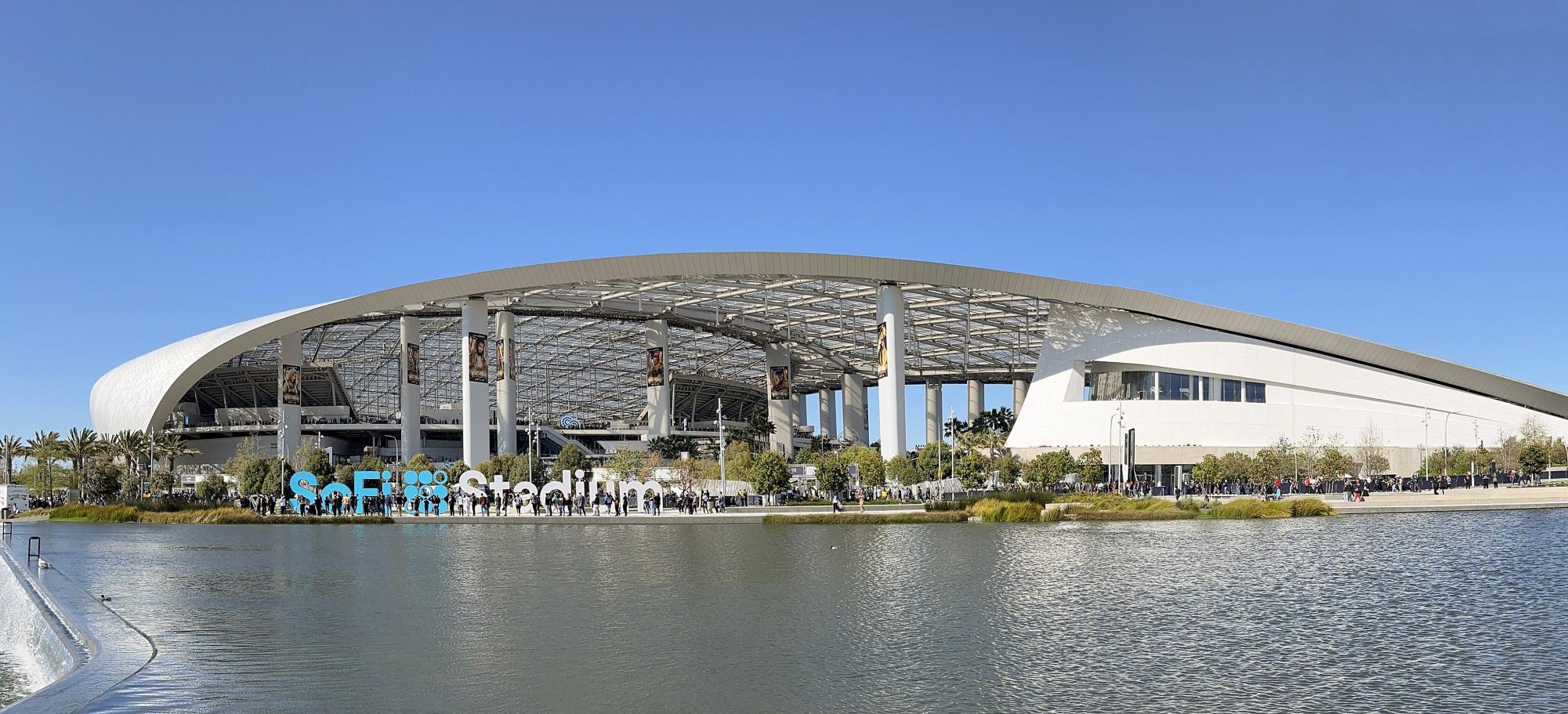

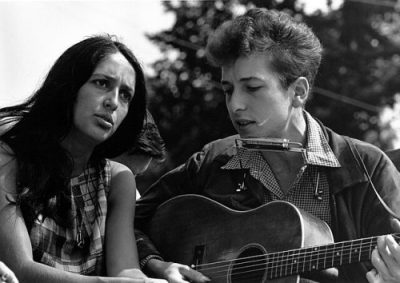

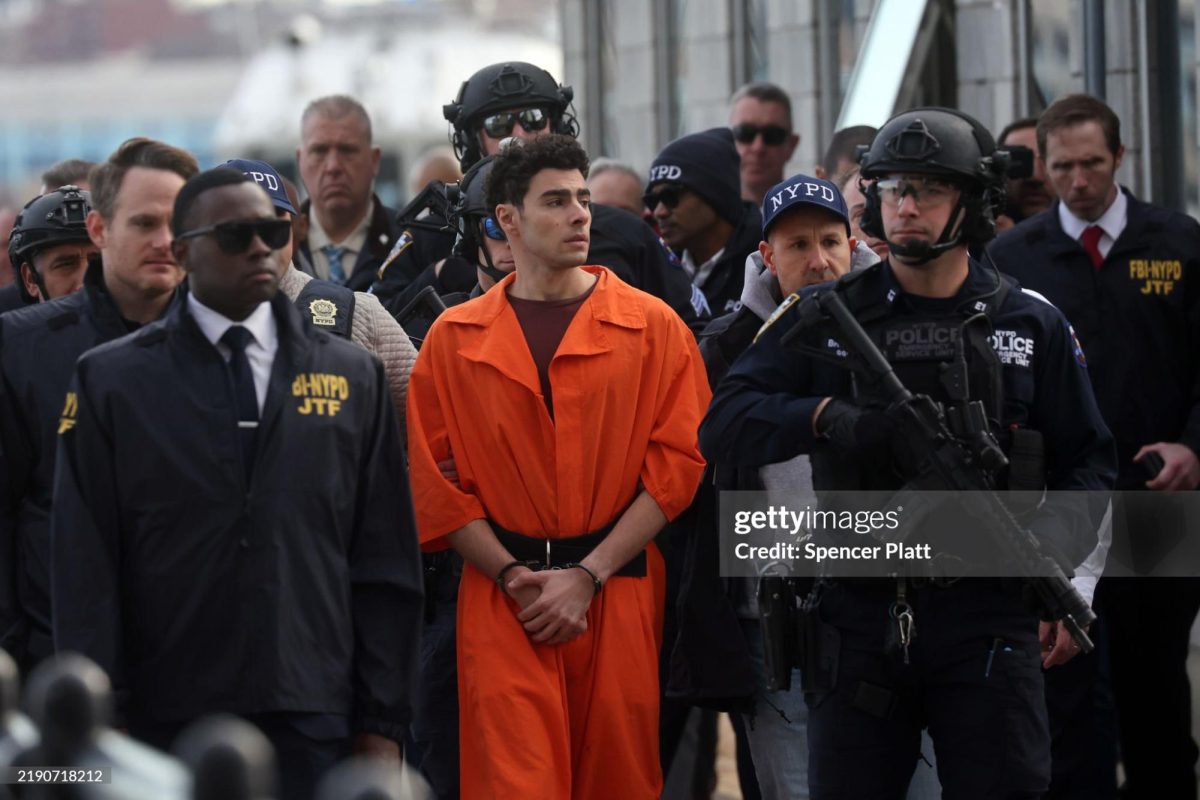
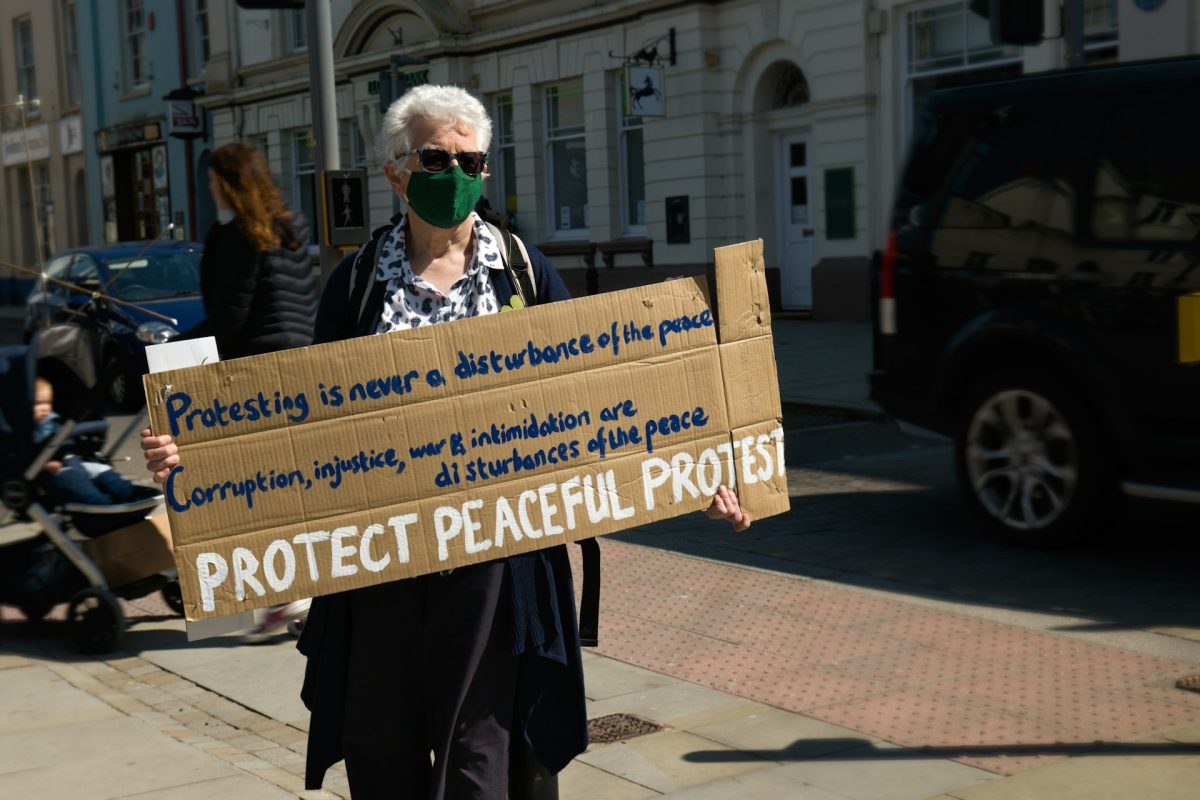
Paulo Victor Faria da Silva • Jun 26, 2024 at 9:47 am
Very good article, Nathan ! I like the idea of Endrik as a real 9, and perhaps we let go of a defensive midfield. IDK, but i like to see our squad playing forward!